Sherry, Cognac and Brandy may seem to be similar, but their differences are remarkable. Sherry, a fortified wine from Spain, boasts a unique aging process called the solera system, where different vintages are blended to create complexity and consistency.
Meanwhile, Cognac hails from France and is made by double distilling wine in copper pot stills before being aged in oak barrels – resulting in a richer, smoother flavor profile.
Key takeaways
- sherry is a fortified wine. Fortified wines are wines to which a limited amount of spirit or brandy was added to stop the fermentation
- sherry is sweeter than brandy and has a lower alcohol content (15-20 % vs 40 % ABV)
- Brandy is made from fermented fruits which are distiled to produce aromatic spirits.
- Cognac, Grappa and fruit brandy belong to the same family of spirits called “brandy”
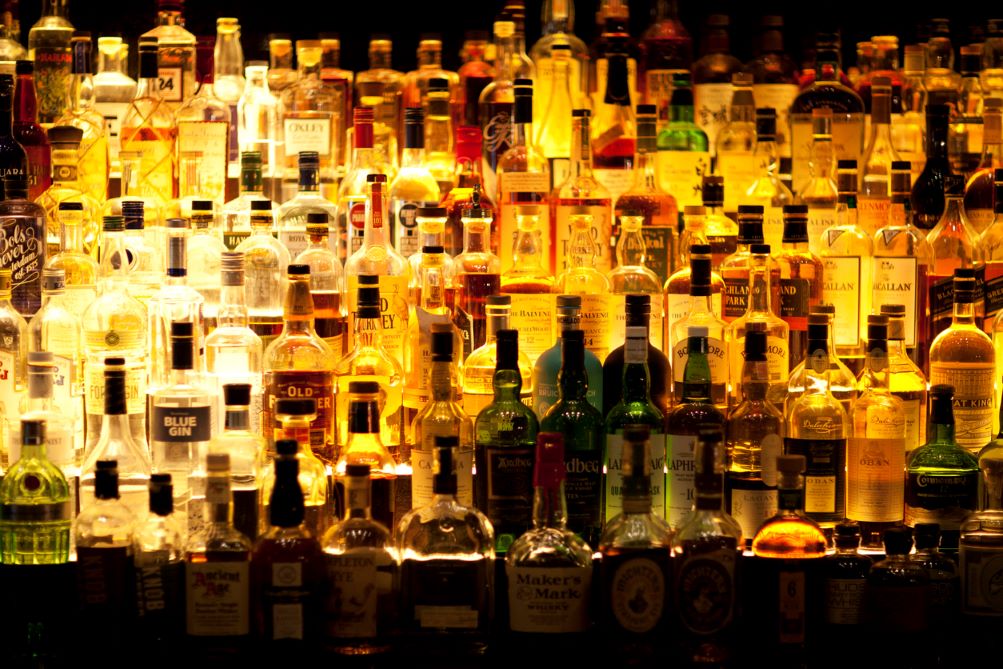
The history and production process of brandy, sherry, and cognac
Brandy, sherry, and cognac have all played significant roles in the history of alcoholic beverages, each with its unique production process and heritage.
Brandy, for instance, has a rich history dating back to ancient civilizations such as the Greeks and Romans who distilled wine made by fermenting fruit juice to create potent spirits.
The production of brandy starts from fermented fruit juice such as grapes or apples, followed by distillation and aging in oak barrels.
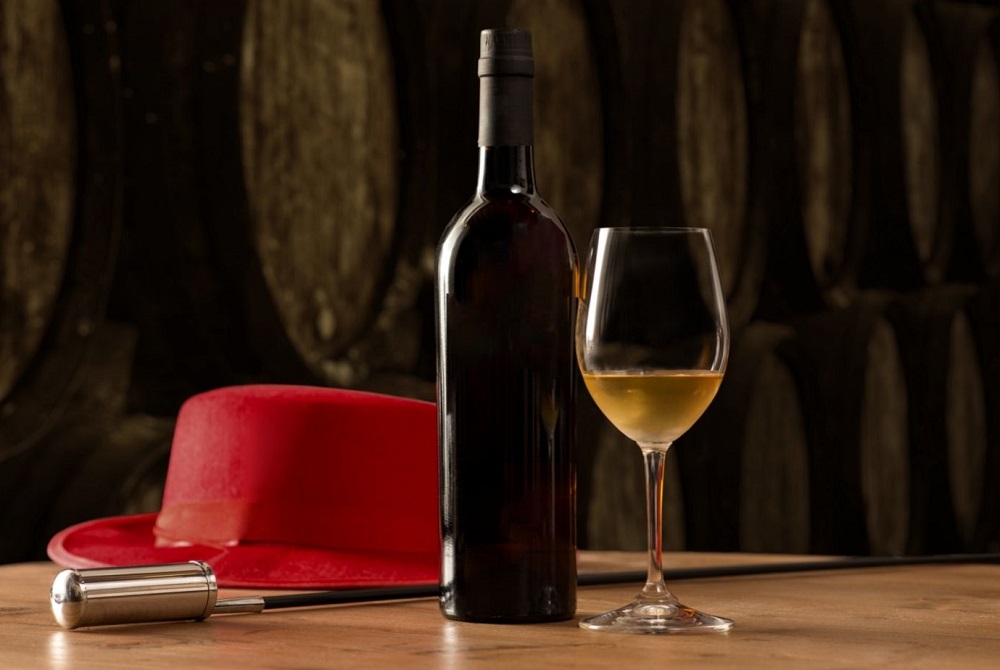
Sherry is a fortified wine produced in Spain in the sherry triangle which covers an area around the city of Cadiz in the north of Spain. The outer corners of this triangle are the towns of Jerez de la Frontera, El Puerto de Santa Maria and Sanlucar de Barrameda.
Fortified wines are made by adding spirit to red wine or white wine to stop the alcoholic fermentation. Ageing plays an important role in the manufacture of this drink.
Sherry and the Solera System
A unique production method to make sherry is known as the solera system, which involves blending different batches of sherry over time to achieve consistent flavor profiles.
Originating from the Andalusia region of Spain, sherry has evolved from its humble beginnings to become an internationally acclaimed fortified wine with diverse styles ranging from dry fino to sweet Pedro Ximenez.
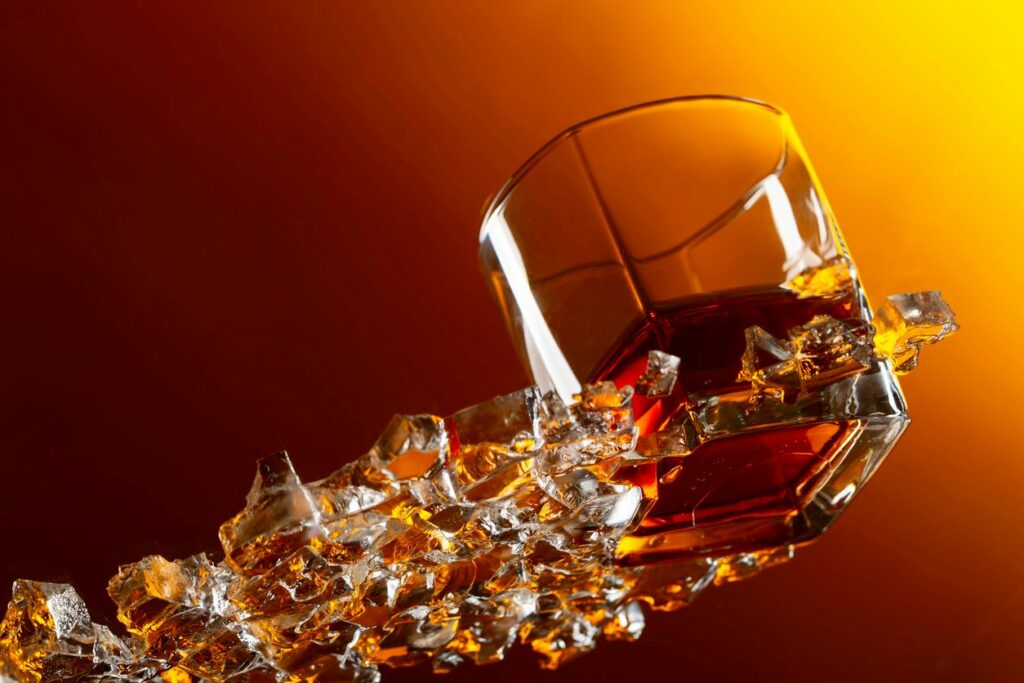
Cognac
Lastly, cognac stands out as a distinguished French brandy crafted specifically in the Cognac region through meticulous distillation and aging processes. It is made from distilled wine and is renowned for its smoothness and complexity. Cognac embodies tradition and craftsmanship rooted in centuries-old techniques.
Cream sherry
Cream sherry is a unique and alluring fortified wine that undergoes oxidative aging, resulting in its distinctive flavor profile. Unlike other sherries, cream sherry combines the richness of Oloroso with the sweetness of Pedro Ximenez grapes, creating a lusciously smooth and indulgent sensory experience.
The oxidative aging process not only imparts nutty flavor and caramelized notes to the cream sherry. It also enhances its longevity, allowing it to develop exquisite layers of flavor over time.
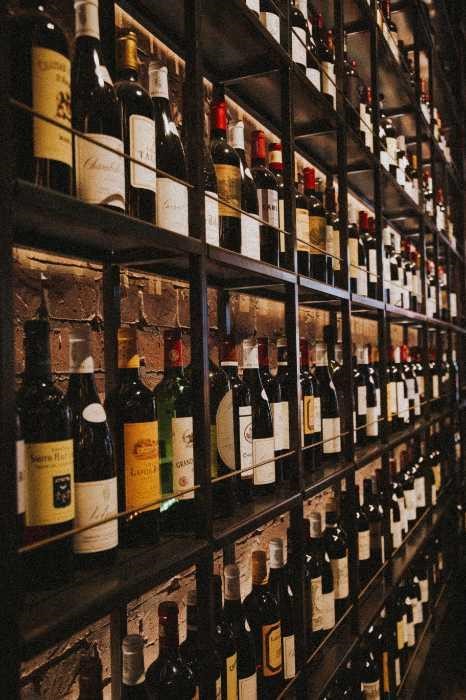
The result is a velvety texture that coats the palate with hints of dried fruits, roasted nuts, and subtle spices.
Its versatility shines through when paired with desserts such as crème brûlée or dark chocolate truffles, offering a luxurious finale to any dining experience.
Differences in flavor profiles and aging processes
Aside from their origins and production methods, another key disparity between aherry and brandy lies in their flavor profiles. Sherry often exhibits nutty and dried fruit notes with varying levels of sweetness due to its diverse styles such as Fino, Amontillado, and Oloroso.
On the other hand, Cognac tends to showcase more floral and fruity aromas alongside woody undertones. Whether enjoyed neat or as part of a cocktail, these distinctions between Sherry and Cognac exemplify the delightful diversity within the world of brandy.
Sherry vs Brandy: Which Should I Drink?
When it comes to health, the choice between sherry vs brandy may not be as clear-cut as it seems. Both beverages have their own advantages and disadvantages when it comes to health.
Sherry, known for its lower alcohol content compared to brandy, can be a better option for those looking to moderate their alcohol intake while still enjoying a flavorful beverage.
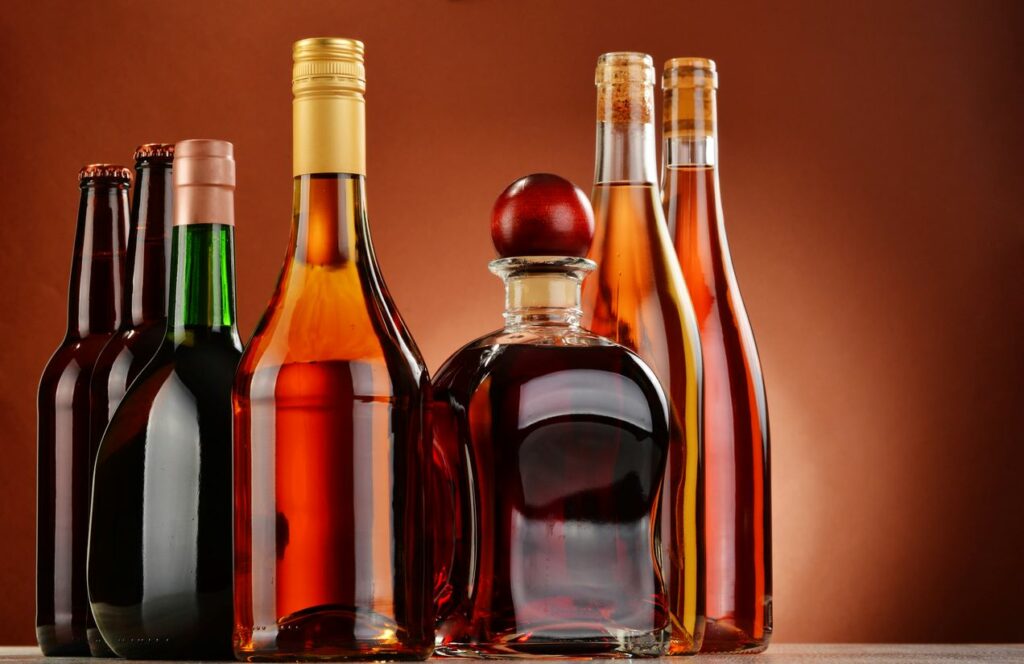
On the other hand, brandy contains higher levels of antioxidants due to the distillation process, which can be beneficial for heart health.
One key difference between sherry and brandy is the sugar content. While sherry tends to have a higher sugar content from the grape juice used in its production, brandy’s sugar content is often determined by the aging process in wooden or oak casks.
Distillation Process
The distillation process of Cognac and Brandy is a fascinating art that has been perfected over centuries. Distillers use traditional copper pot stills to carefully heat the fermented grape juice, creating a delicate balance of flavors and aromas.
The secret lies in the double distillation method, which allows for maximum extraction of the purest alcohol while retaining the intricate fruit notes.
Unaged Brandy
It is also known as eau de vie which is a fascinating and often overlooked spirit that offers a fresh and vibrant alternative to traditional aged brandies. Made from the fermented juice of fruits such as grapes, apples, or pears, flavored brandy captures the pure essence of the fruit in its most natural form.
Unlike aged brandies that take on flavors from wooden barrels over time, unaged brandy provides a crisp and intense fruit flavor that sings with clarity on the palate.
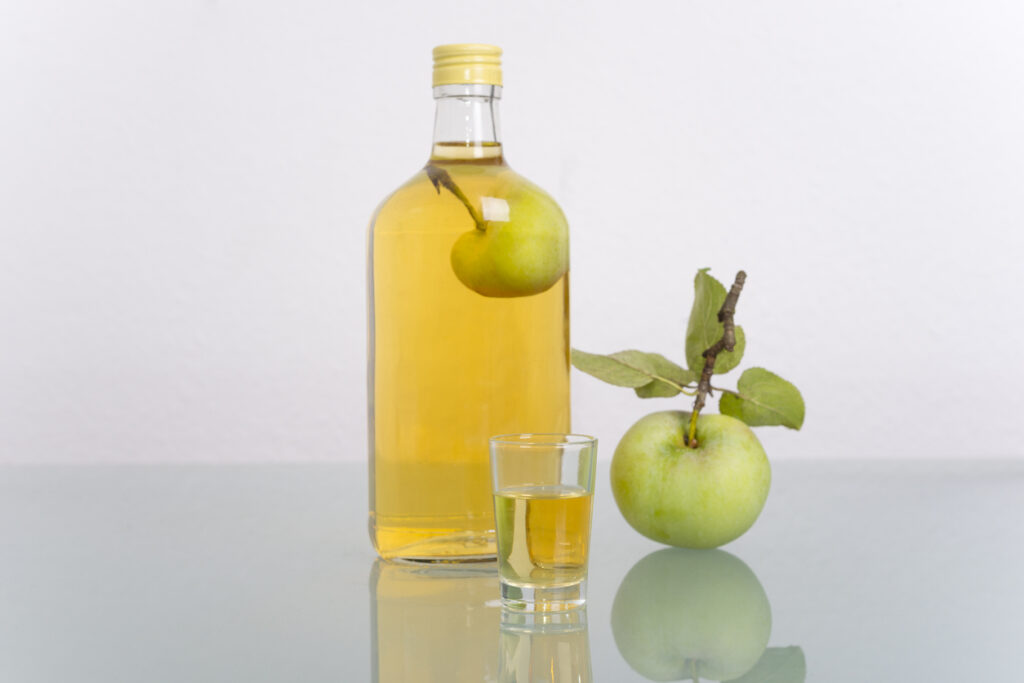
One of the most appealing aspects of this distilled beverage is its versatility in capturing the unique characteristics of different fruits. Each variety offers its own distinct aroma and flavor profile, allowing for an exciting exploration of diverse tastes.
From the bright notes of citrus in lemon eau de vie to the rich complexity of plum or cherry eau de vie, there’s a world of flavors waiting to be discovered within this distilled spirit.
Aging Process
One unique aspect of Cognac production is its strict aging requirements in French oak barrels. This prolonged maturation process gives Cognac its distinctive smoothness and depth, with subtle hints of vanilla and spice.
Conversely, brandy producers may opt for different types of barrels or blending techniques, resulting in a wide spectrum of flavor profiles across different brands. Both spirits rely on masterful distillation techniques for their nuanced complexities, making each sip an exploration of rich history and skilled craftsmanship.
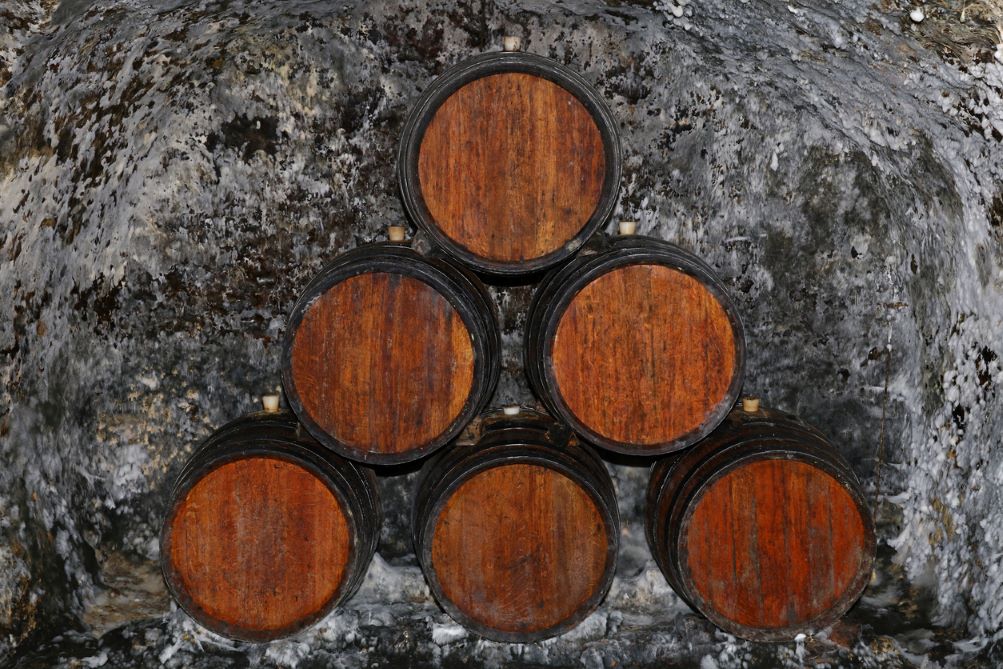
How to Drink sherry, cognac and brandy?
When it comes to cognac and brandy, the right glassware is also key. Opt for tulip-shaped glasses that concentrate the aromas and allow you to experience the full spectrum of flavors.

To truly enhance the experience, warm your cognac glass by cupping it in your hands before sipping slowly and allowing the spirit to unfold on your palate.
Exploring the various types and styles of brandy, sherry, and cognac
Brandies, sherries, and cognacs are among the most diverse and complex spirits in the world.
Different types of Brandy
Brandies, for instance, come in various styles including Armagnac, Cognac, and Calvados. Each type offers a different flavor profile, with Armagnac known for its rich and robust character, while Cognac is celebrated for its smoothness and complexity.
Cognac is a brandy but as the name cognac is protected not every brandy can be called cognac.
Sherry vs Cognac
Turning to sherries, there are several distinct styles that cater to different palates. From the dry and crisp Fino sherry to the lusciously sweet Pedro Ximenez, each style showcases unique aromas and flavors shaped by the production process.
Finally, cognacs are renowned for their refined elegance and intricate aging process. The differences between VS means Very Special, VSOP means Very Superior Old Pale, XO means Extra Old grades provide aficionados with a wide range of choices that vary in complexity and depth.
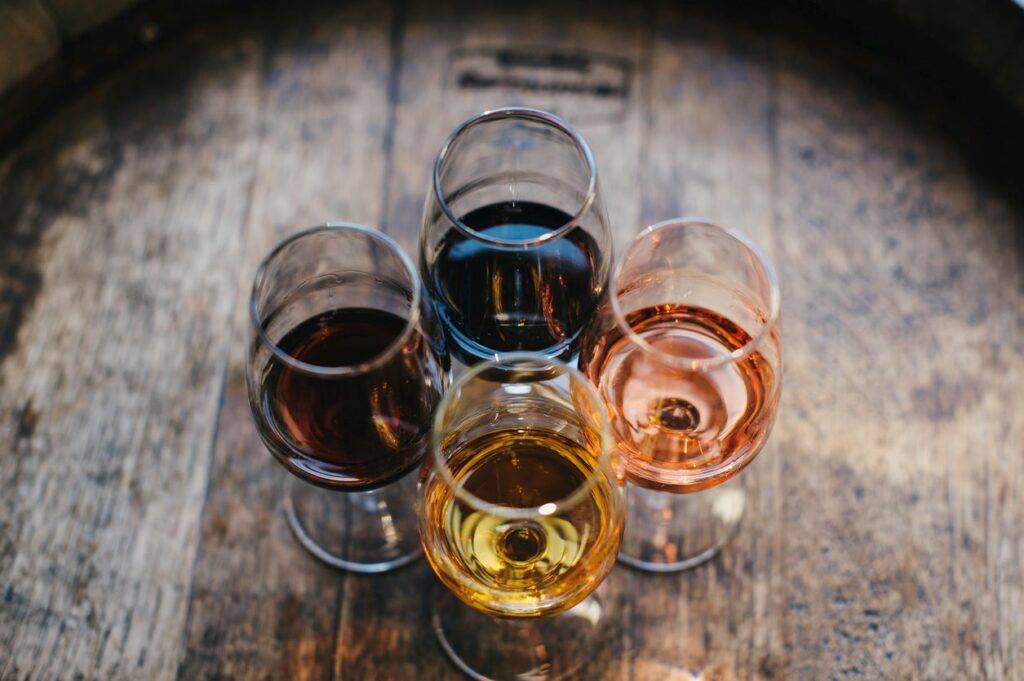
Price, Size, Color, Alcohol Percentage Comparison
When it comes to comparing price, size, color, and alcohol percentage among sherry, cognac, and brandy, there are several interesting distinctions to consider.
What is cheaper? Sherry vs Cognac vs Brandy
To start with price, sherry a fortified wine tends to be the most affordable of the three options due to its production process and aging requirements. Cognac and brandy often demand higher prices due to their meticulous distillation methods and longer aging periods.
Moving on to color, sherry varies widely from pale yellow to deep amber hues depending on whether it’s dry or sweet, while cognac tends towards rich gold tones and brandy can encompass a spectrum from light gold to deep mahogany shades.
As for alcohol percentage comparison, sherry typically has a lower ABV (alcohol by volume) when compared with cognac and some types of brandy. Sherry usually sits around 15-20% ABV, while cognac generally ranges between 40-60% ABV.

Brandy can span a similar range depending on style but typically falls within the 35-60% ABV bracket. These unique characteristics contribute to each drink’s distinct flavor profiles and versatility in different drinking scenarios.
The Brandy Alexander
Brandy Alexander, a classic cocktail with a rich history, is often misunderstood as simply a creamy drink. However, it is so much more. Made with Cognac or Brandy like Armagnac, it showcases the deep and complex flavors of these spirits in a delightful and indulgent way.
The combination of Brandy’s boldness and the smoothness of cream creates a luxurious texture that delights the palate.
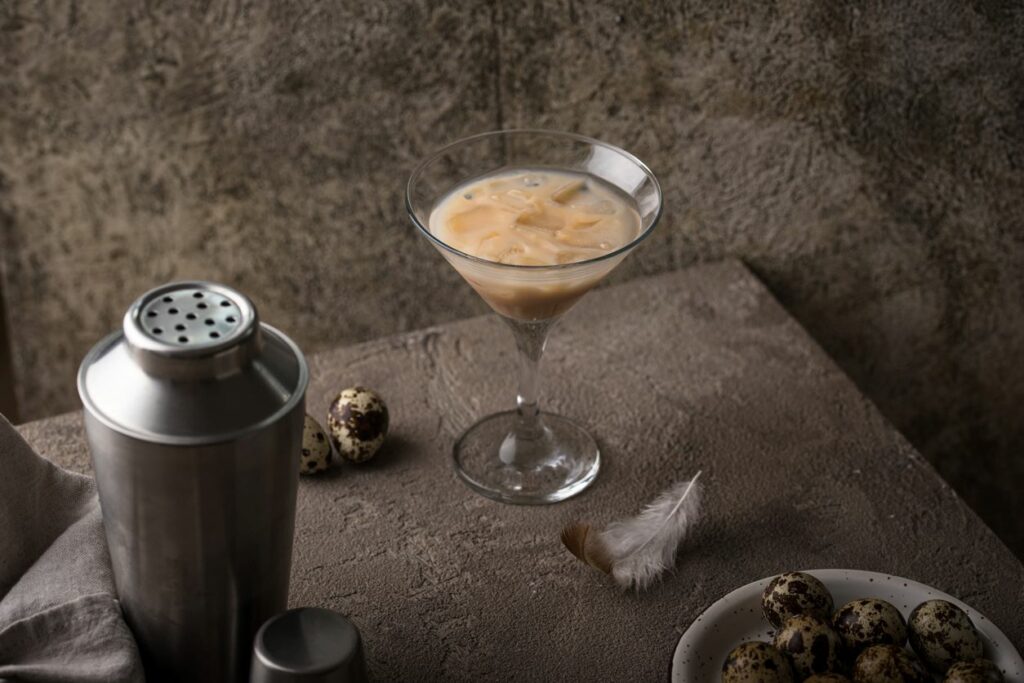
This iconic cocktail has been enjoyed for decades, but its versatility allows for modern interpretations that cater to evolving tastes. Bartenders are now experimenting with different types of brandy to create unique flavor profiles, making the Brandy Alexander an exciting canvas for creativity.
Whether you prefer your Brandy Alexander served over ice or in martini form, there’s no denying that this timeless libation continues to charm discerning drinkers around the world.

